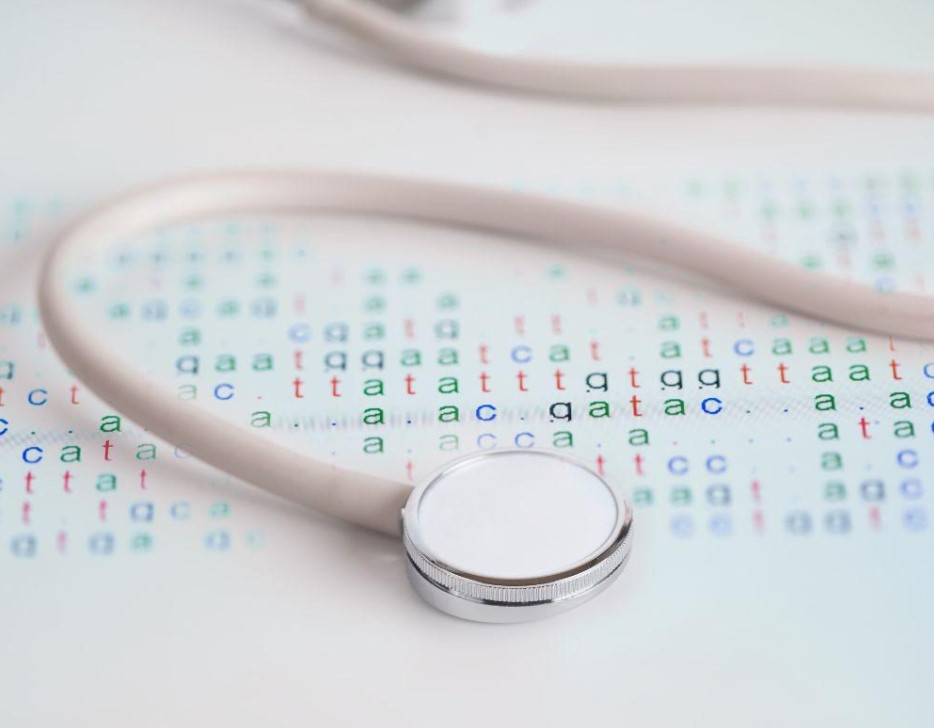
These days, most of us have access to the internet and, subsequently, search engines that we can use to find the answers to any questions we might have. We can also use the likes of Google to self-diagnose when we are experiencing any strange symptoms. Nevertheless, doing this is never recommended as proper diagnosis of any medical condition necessitates medical training to do it correctly.
Trying to diagnose yourself could mean thinking you have a life-threatening illness, or you could go the other route and assume there is nothing wrong with you when in fact you really do need to be seen by a medical professional. If you do have worrying symptoms, it is always best to seek medical advice. But how do doctors diagnose medical conditions?
The Diagnosis Process
Before a doctor can begin treating a person’s medical condition, they will need to know what that condition is. This means evaluating the patient in a number of ways. Firstly, a doctor will talk to the patient and ask questions about the symptoms being experienced. They will also ask about medical history and any medications that the patient is taking. Sometimes, the answers to these questions along with the symptoms can clearly indicate a specific medical condition. However, it may be necessary for the doctor to conduct further tests.
Depending on the symptoms, the doctor might perform a physical examination there and then. For example, if the patient is complaining of pain in the abdominal area, the doctor will usually ask the patient to lie down and will gently press on the stomach to see if the pain gets worse with pressure. The doctor will be looking for signs of swollen internal organs. If the patient has a cough or a sore throat, the doctor can use a stethoscope to check if there is an infection in the chest or look inside the mouth to see if the patient’s throat is red or if the tonsils are swollen.
Sometimes the exact diagnosis cannot be made there and then, in which case the doctor will need to send the patient for further tests to either confirm or rule out a suspected condition. These assessments could include things like blood tests, x-rays, urine tests, and specific scans.
Experienced doctors can usually make a diagnosis based on the person’s medical history, physical examination, and description of symptoms. Nonetheless, if there are several possible diagnoses, the doctor may have to wait for the results of the tests. Newly qualified doctors might seek a second opinion from a more experienced or senior consultant.
What Happens After Diagnosis
Once a doctor is sure of the diagnosis, they will enter the relevant diagnosis codes on the patient’s file. According to Find-A-Code.com, this is included on the patient’s record to support the use of specific treatments and medications. The diagnosis codes are cross-checked by the insurance payer against the treatments when claims are assessed.
Once a doctor has diagnosed the patient, they will prescribe medication if necessary or will recommend other treatments designed to help treat the condition. Occasionally, no medical treatment will be necessary. If so, the doctor will give the patient advice about how they can relieve the symptoms. For example, patients with a viral infection will be advised to go home and wait for their immune system to fight the virus. They might benefit from over-the-counter medications, but they will not be given antibiotics.
To conclude, doctors use various methods to diagnose medical conditions. Once they have a final diagnosis, they will put that information on the patient’s form and will then recommend the necessary treatments if appropriate.
